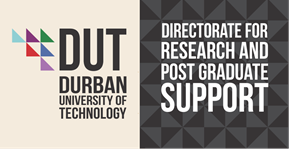A Perceptual Analysis of Oyo Environs’ Populace Towards Waste-To-Wealth for Sustainable Development in Nigeria
DOI:
https://doi.org/10.51415/ajims.v1i1.818Abstract
Resources are characterised by by-products designated waste which developed nations of the world are converting to economic gains and sources of development through relevant education, right attitudes and skill acquisitions. This study examined the perception of Oyo environs’ populace towards waste-to-wealth for sustainable development in Nigeria. Through a descriptive survey design coupled with the use of participant observation and in-depth interviews, 300 subjects were purposively selected from four local governments in Oyo environs across ten identified prospective small- and large-scale industrial and business outfits noted for waste generation and re-use. It was observed that by-products of these outfits can be re-invented in the environment to solve employment and health related problems; reduce poverty levels; increase production and skill acquisition; and reduction of social vices and youth restiveness. Recycling and re-use of waste is not much pronounced; however, conversion of waste generation is being harnessed for economic returns. Hence, more enlightenment campaigns should be pursued, while an enabling environment coupled with infrastructural facilities need to be provided, along with relevant education programmes and necessary acquisition skills in converting waste-to-wealth on a large scale for economic returns, and a safe environment with the reduction of health hazards needs be put in place.





